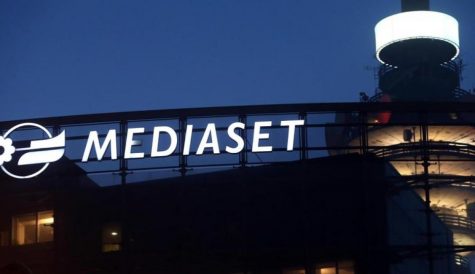
After more than 40 years of operation, DTVE is closing its doors and our website will no longer be updated daily. Thank you for all of your support.
NBCU’s Peacock top performing US SVOD of Q3

Peacock original Psych 2: Lassie Come Home
NBCUniversal’s Peacock seems to have won the initial battle of the US’s new premium streamers.
According to new research from Kantar, Peacock captured more than 17% of all new VOD subscriptions in the US in the three months ended in September. This is contrasted to WarnerMedia’s HBO Max, which launched several weeks before Peacock in late-May, captured 11.3% of new US SVOD subs.
Kantar noted that Peacock’s multi-tiered structure – which offers free and paid-for offerings – along with the inclusion of the Premium service for certain Comcast Xfinity customers plans has paid off, despite initial fears that the structure may come across as convoluted. The primary driver for Peacock subscriptions, ahead of anything content-related, was value for money – cited by 25% of new sign-ups.
Users are positive about their experience of Peacock, with a Net Promoter Score of +9. Concerning for NBCU however is that this drops down to just +1 for users of Peacock’s free tier. By contrast, Netflix has an NPS of +51.
But while Peacock and HBO Max may have grabbed headlines, Kantar said that Hulu has shown resilience, with growth of around 10% for three consecutive quarters. Hulu has also continued to benefit from the bundle offer of it, with Disney+ and ESPN+ for US$12.99 per month.
Similar to Kantar’s findings in the UK, Amazon Prime has continued to be a strong performer with 16% of sign-ups in the quarter, though this is down from 23% in Q2. Amazon’s all-encompassing Prime subscription, which also includes free expedited shipping from its ecommerce platform and a number of other perks, is now paid-for by 54.5% of all US households. Kantar notes that this continued growth is in part due to the addition of multiple user profiles which has left its ease of use net satisfaction almost on a par with Netflix.
Again similar to the UK is the underwhelming performance of Apple TV+. The streamer’s share of new subs fell to 4.9% in Q3 vs 5.9% in Q2 and 7.4% in Q1. The same complaint of a lack of content also holds water across the Atlantic, with 26% of users planning to cancel at the end of their free trial – though they may be swayed should compelling content launch in the extra three months they’ve been added.


